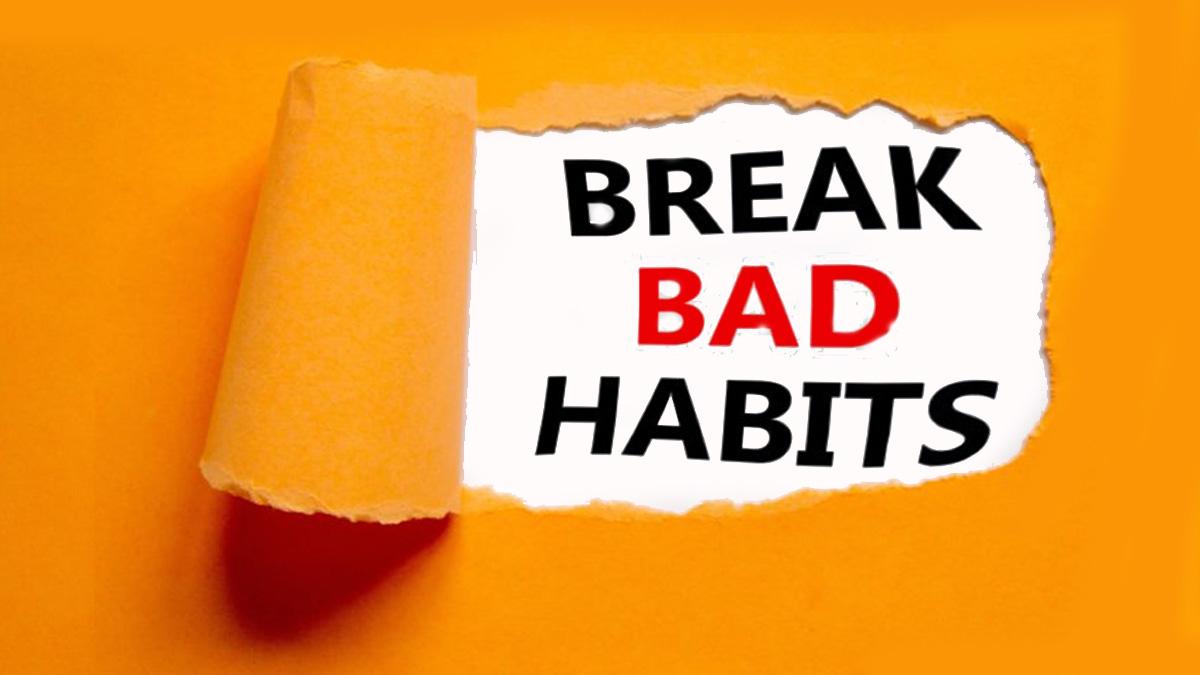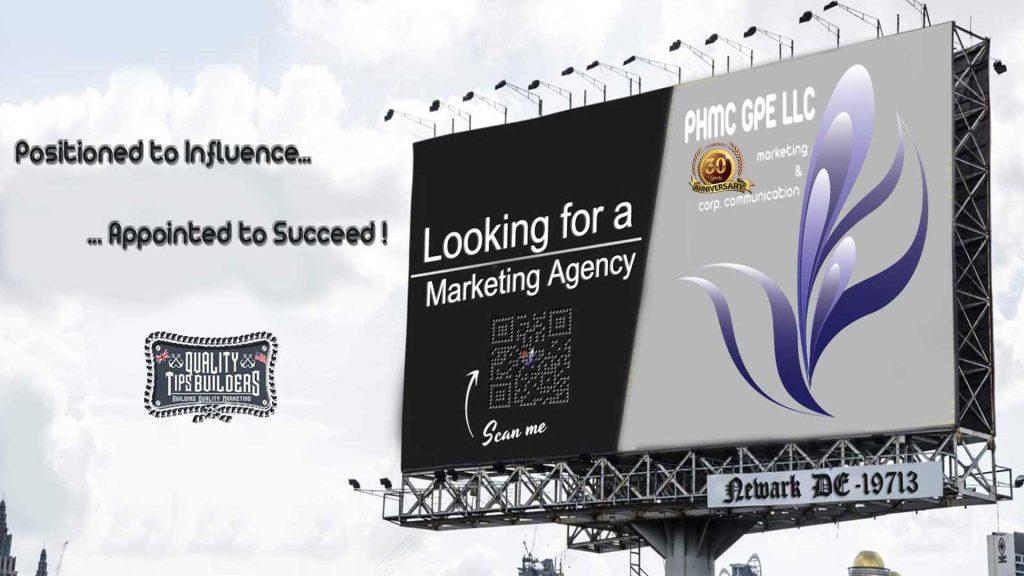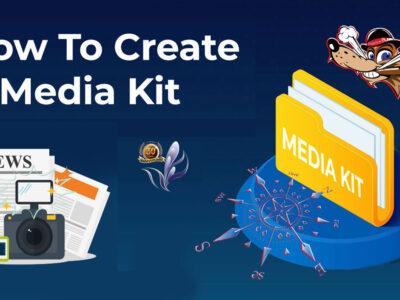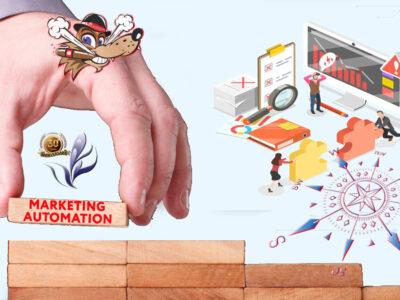Post Views: 1,373
Marketing is a key part of any business that helps connect customers to your product or service and increases your bottom line.
But even the most experienced marketers on your team may have developed bad habits throughout the years that hurt your business. Whether trying every new tool or taking on too many projects at once, some bad common practices persist among many professionals in the industry.
Every professional wants to build healthy, productive habits that benefit themselves, their team and their organization. Developing positive habits takes time and focus. Breaking bad habits can be even more challenging. Poor habits can have a negative impact on productivity, colleagues and your career. Before that happens, assess current behaviors, evaluate what isn’t working and take actionable steps that lead to change.
To that end, we share some common bad habits in marketing and what you can do to change them…
Bad Habits That Limit Your Success
When it comes to work, there are certain habits that limit personal and professional success. The following are some common bad habits that every marketer should break or avoid:
Continue Reading
Working without a written plan. Especially in a disrupted marketplace, marketers can grow accustomed to a reactive approach that leads to implementing marketing initiatives quickly and making adjustments on the fly. While change and adaptation are a given in marketing, a written plan is essential for keeping all departments on the same page. A documented strategy is a proven indicator of marketing success yet only 41 percent of B2B marketers take the time to develop a written plan. To avoid this misstep, develop a written plan with corresponding metrics to ensure goals are met. Then, regularly assess progress and make necessary adjustments throughout the year.
Talking more than listening. Marketing, at its core, is communication. So much of a marketer’s role consists of developing branded messages for their target audiences. It can sometimes result in talking to peers, prospects, customers and other stakeholders rather than talking with them. To be successful, invite feedback, engage in conversation and listen to target audiences to understand their needs and concerns. To break this habit, create open and two-way communication channels that incentivize input from every possible angle.
Only thinking about digital channels. In today’s digital landscape, we have an intrinsic relationship with technology, especially online across internet-connected devices. The impact of marketing across digital channels is undeniable. It’s a mistake, however, for marketers to focus on digital marketing at the expense of other mediums. Non-digital channels range from print marketing to physical signage, in-person events and customer experiences. To break the digital-only mindset, consider these offline tactics to support digital strategies. This will help your brand stand out in a crowded marketplace.
Following trends without a strategy. We live in a fast-paced and constantly evolving business world. This results in an endless stream of trends that come and go. Catching a trend at the right moment can result in huge benefits or even a viral campaign. But “going viral” is not a sustainable goal for marketers, nor does it directly address the values and needs of your target audiences. Before jumping on the bandwagon, consider whether a trend aligns with your marketing strategy, brand identity, organizational objectives and the marketplace.

Communicating externally more than internally. Consistent and well-written external communications with clients, prospects, vendors and other stakeholders increase visibility, credibility and name recognition in the marketplace. But it’s a mistake to think external-facing content is the only type of communication that drives business growth. According to a study by Gallup, sales and profitability increase 20 percent when employees are actively engaged, which requires consistent and valuable internal communications. Develop a strategy for creating and distributing internal communications to foster engagement, transparency, innovation and collaboration within the organization.
Looking at the data, but not leveraging it. When considering metrics and KPIs for your marketing efforts, understand that measurement alone does not offer valuable insights. Data analytics provide vital information about your customers and marketing outreach. But to leverage analytics to instigate business growth, combine metrics and KPIs with strategic thinking that responds to customers’ interests, while constantly seeking to improve.
Writing more than reading. The written word plays a significant role in marketing messaging. For many marketers, however, it’s easy to get stuck on a hamster wheel of producing content for your brand. That said, an essential aspect of a writer’s habit and practice is reading often and diversely. Strive for discovery, personal growth and global understanding by consulting the insights of other experts in and beyond your industry.
Always focusing on what’s next, rather than what’s happened. When there are incoming projects, daily tasks and a constant strive for new clients, it’s easy for marketers to focus on the next item on their to-do list. It’s important to understand that evaluating the success (and failure) of past projects is how marketers become better at what they do. Take the time to consider the triumphs and challenges of every project to identify what is worth keeping and what needs to change.
Turn Around Bad Habits
Nobody is perfect. Every business professional develops bad habits in both their personal and professional lives. The key is learning how to recognize when a bad habit has taken hold, and use that information to take actionable steps to turn the habit around.
By recognising and breaking your bad marketing habits, you can improve your campaigns and achieve greater results in 2025. Creating achievable goals, using the right marketing tasks, tracking insightful metrics, and ensuring that you send quality email content, are all key steps to a successful 2025 marketing.
The good news is, when we develop bad habits and recognize them, we’re now armed with new insights and vital experience that can help us to stay on track, identify warning signs, and discover the best methods to turn bad habits into good and efficient ones.
Discover More:


















Comments